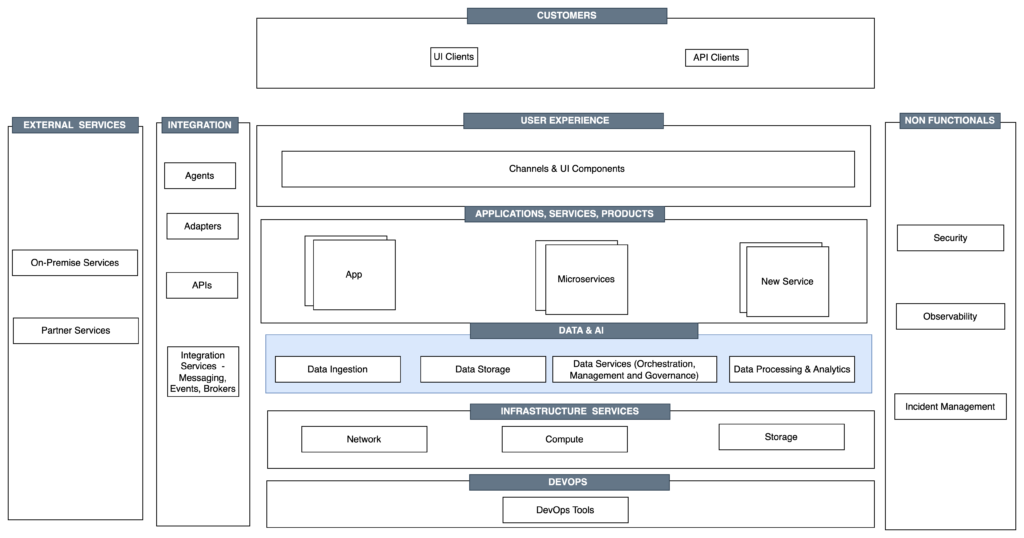In today’s rapidly evolving business landscape, innovation is not just a buzzword—it’s a necessity for survival. As organizations strive to stay ahead of the curve, they must continually seek ways to accelerate innovation and drive value for their customers. In this fifth installment of our series on Accelerate Innovation by Shifting Left FinOps: Part 5, we delve into how organizations can leverage this approach to accelerate innovation and achieve sustainable growth.

Understanding Shifting Left FinOps
Shifting left FinOps is a strategic approach that emphasizes integrating financial considerations into the early stages of the software development lifecycle (SDLC). By shifting financial responsibility and accountability to development teams from the outset, organizations can optimize costs, improve efficiency, and accelerate time-to-market.
Key Principles of Shifting Left FinOps
- Proactive Cost Management: Empower development teams to make informed decisions about resource utilization, cost optimization, and budget allocation throughout the SDLC.
- Continuous Optimization: Embed cost optimization practices into CI/CD pipelines, enabling automated checks and balances to prevent cost overruns and identify opportunities for savings.
- Collaborative Governance: Foster collaboration between finance, operations, and development teams to align financial goals with business objectives and drive accountability for cost management.
- Data-Driven Insights: Leverage data analytics and visualization tools to provide actionable insights into cost trends, usage patterns, and optimization opportunities, enabling informed decision-making.
Accelerating Innovation with Shifting Left FinOps
Streamlined Resource Provisioning
By shifting left FinOps, organizations can streamline the process of resource provisioning, enabling development teams to provision infrastructure and services on-demand, without bureaucratic delays or dependencies on centralized IT teams. This agility empowers developers to experiment, iterate, and innovate rapidly, accelerating time-to-market for new products and features.
Cost-Aware Design
Integrating financial considerations into the design phase of software development enables teams to make cost-conscious decisions about architecture, scalability, and technology stack selection. By optimizing for cost-effectiveness from the outset, organizations can avoid costly rework and technical debt down the line, freeing up resources to invest in innovation and value-added activities.
Continuous Optimization
Shifting left FinOps promotes a culture of continuous optimization, where development teams take ownership of cost management and actively seek opportunities to optimize resource utilization and minimize waste. By incorporating cost optimization into the CI/CD pipeline, organizations can automate cost controls and ensure that cost considerations are embedded into every stage of the development process, from planning to deployment.
Innovation at Scale
By empowering development teams with the tools, processes, and accountability to manage costs effectively, organizations can foster a culture of innovation at scale. With the freedom to experiment, fail fast, and iterate rapidly, teams can explore new ideas, technologies, and business models with confidence, driving continuous innovation and delivering value to customers.
FAQs
What are the benefits of shifting left FinOps for innovation?
Shifting left FinOps accelerates innovation by empowering development teams to provision resources on-demand, make cost-conscious design decisions, and continuously optimize costs throughout the software development lifecycle.
How does shifting left FinOps promote collaboration between finance and development teams?
Shifting left FinOps fosters collaborative governance by aligning financial goals with business objectives and driving accountability for cost management across finance, operations, and development teams.
What role does automation play in shifting left FinOps?
Automation is key to shifting left FinOps, as it enables organizations to embed cost optimization practices into CI/CD pipelines, automate cost controls, and ensure that cost considerations are integrated into every stage of the development process.
Conclusion
In conclusion, shifting left FinOps offers a transformative approach to accelerating innovation and driving business growth in today’s digital economy. By integrating financial considerations into the early stages of the software development lifecycle, organizations can optimize costs, improve efficiency, and empower development teams to innovate with agility and accountability. As organizations embrace shifting left FinOps, they position themselves for sustainable success in an increasingly competitive marketplace.
